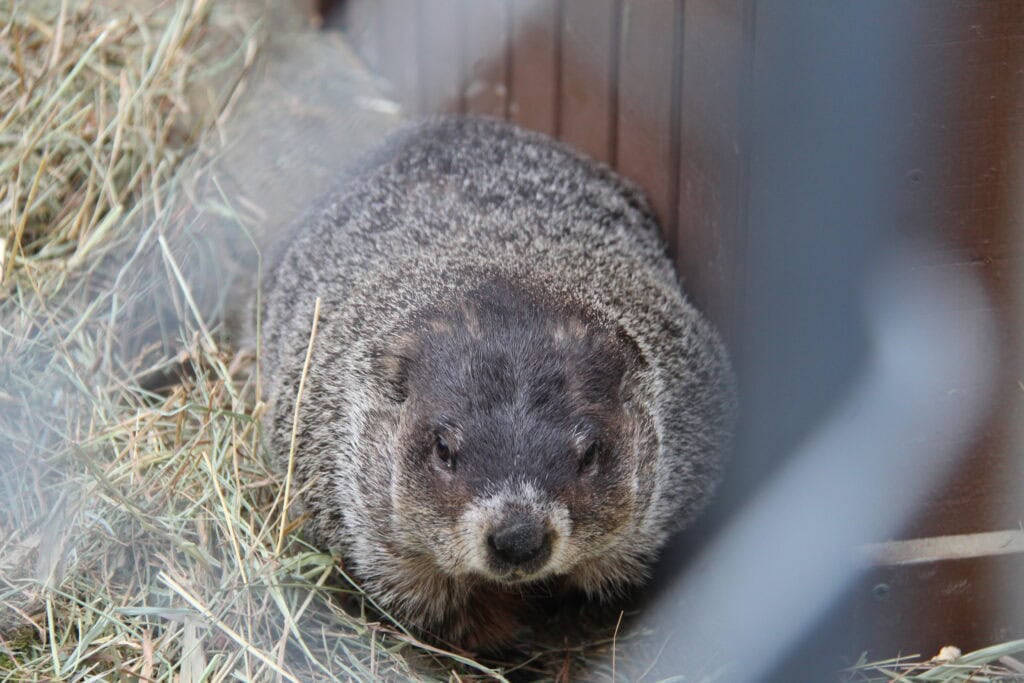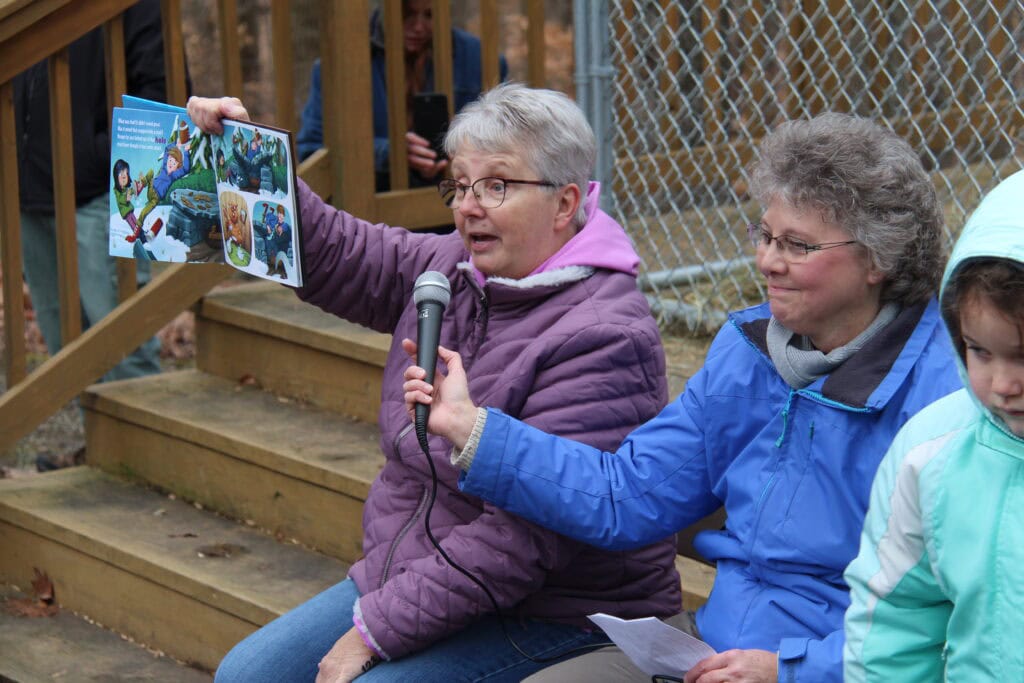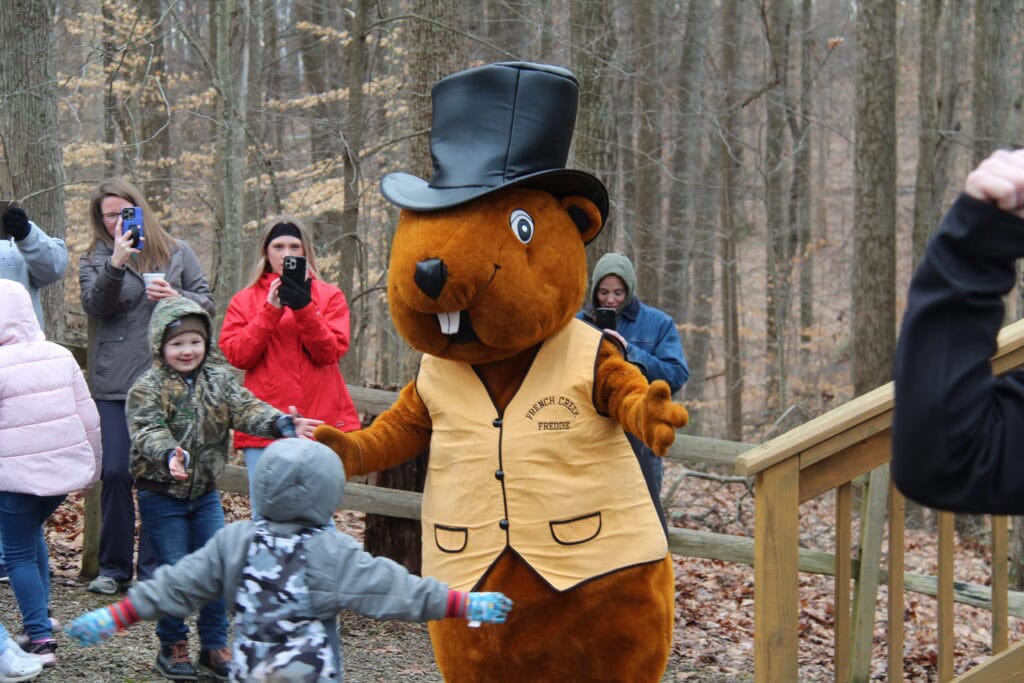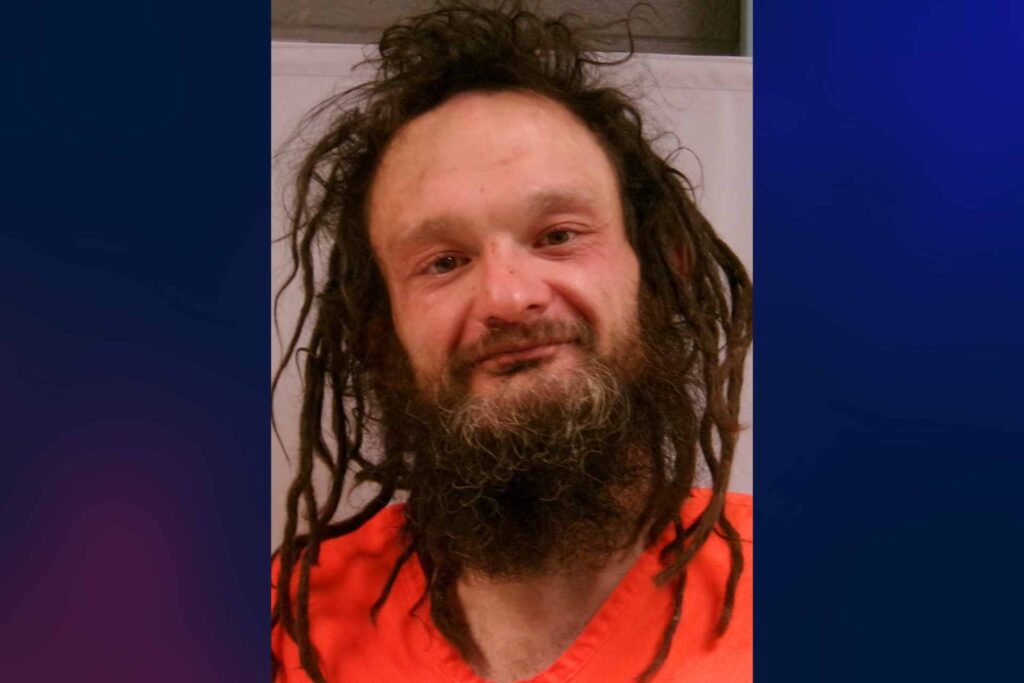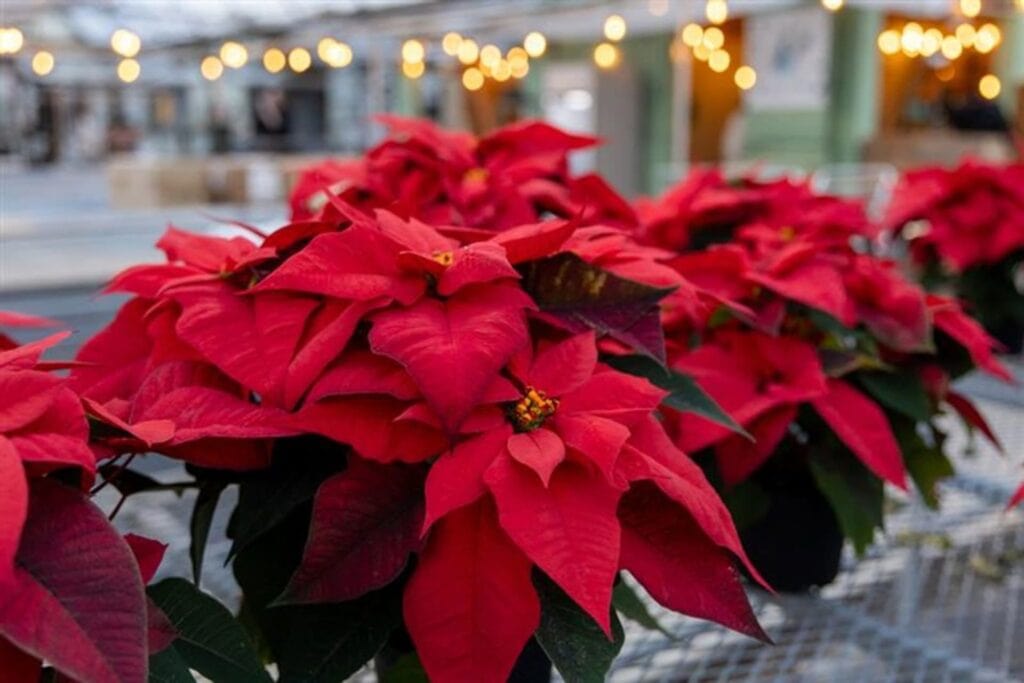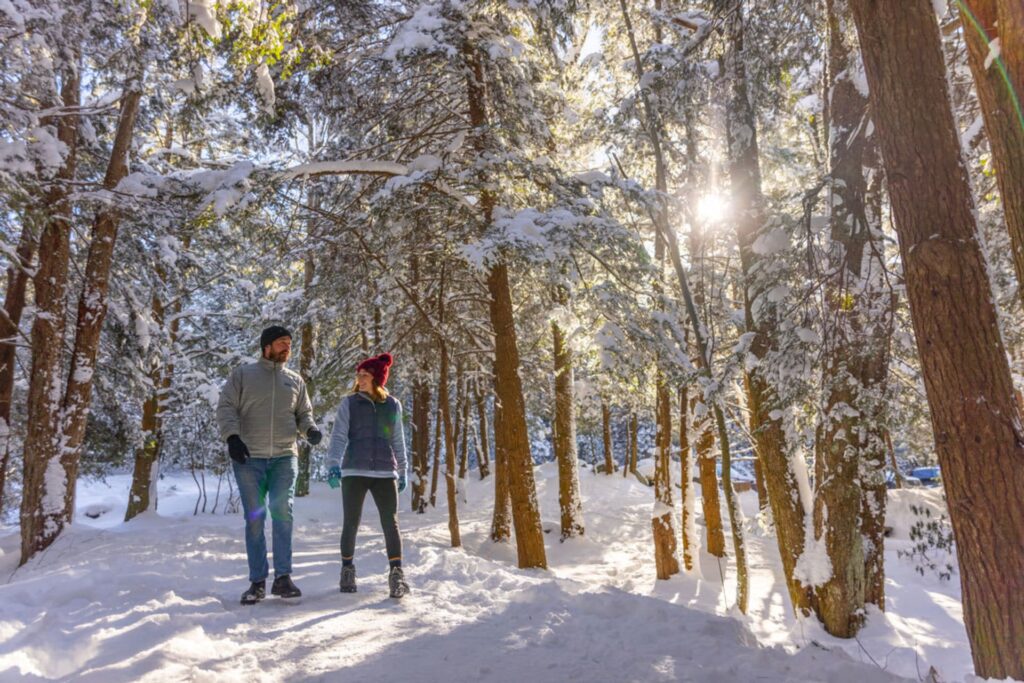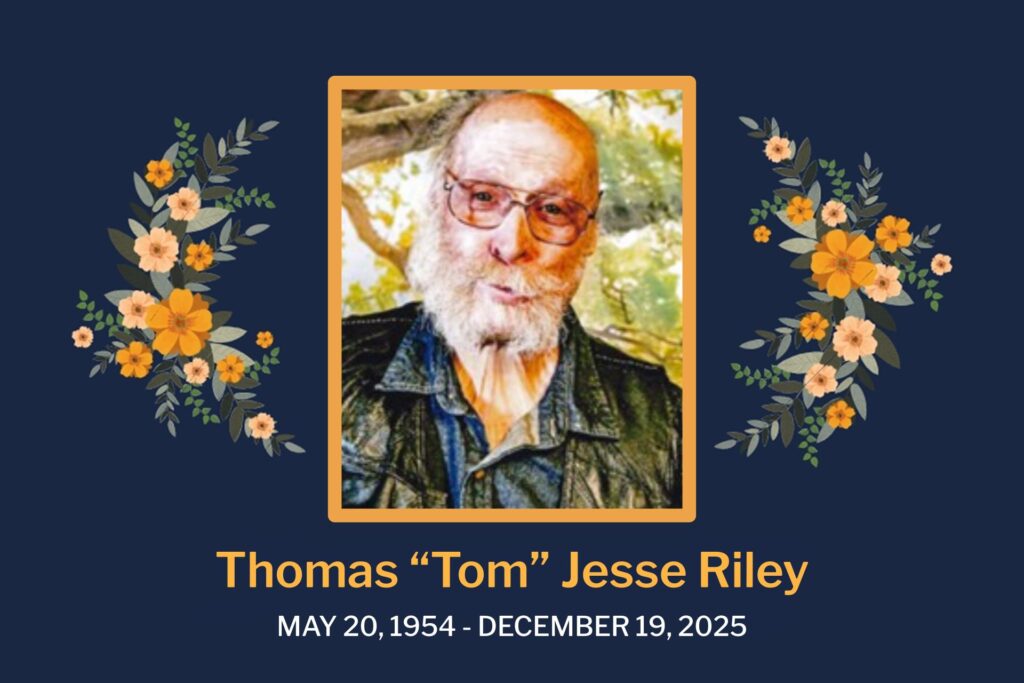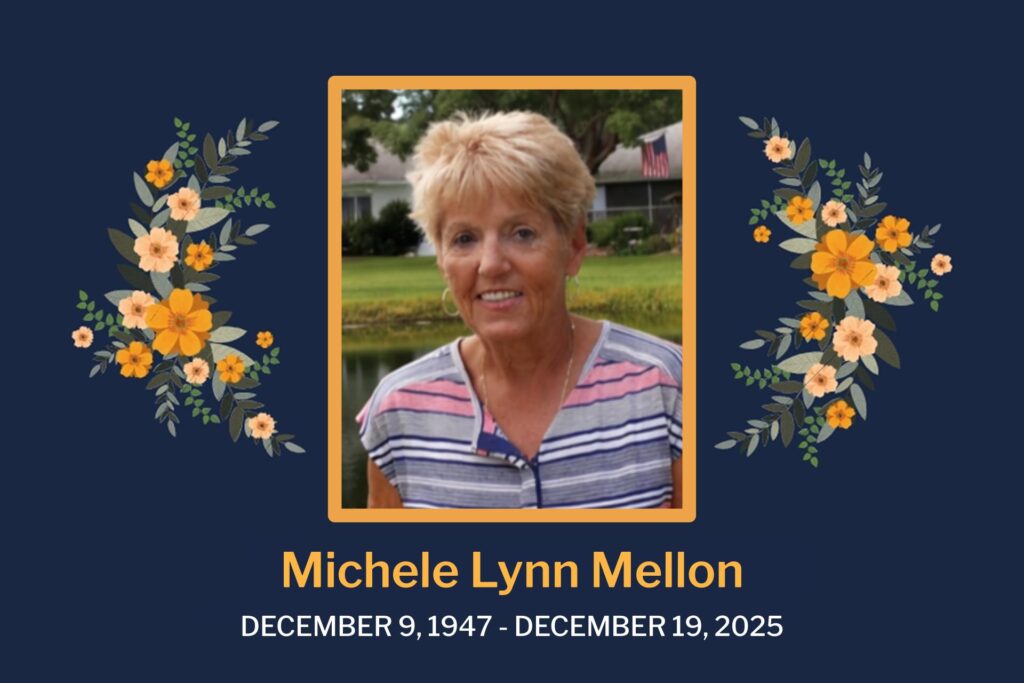French Creek Freddie did not see his shadow, predicting an early spring.
More than 600 people attended the annual Groundhog Day celebration at the West Virginia Wildlife Center on Sunday. A recent report from the National Oceanic and Atmospheric Administration determined the 10 most accurate groundhogs, with Freddie ranked ninth at 55 percent.
“Freddie predicted an early spring last year, and he was right,” wildlife biologist Trevor Moore said. “The West Virginia State Wildlife Center is an official weather observation station for the National Weather Service in Charleston, and we found we had several days in the low 60s and a few days at 70 in February and March. For those 60 days, more than half were above 45 and didn’t get below freezing, so that’s how we determine it”
The Upshur Cooperative Parish House director Isaac Casto said this was his first year attending the celebration.
“The kids were really excited about it,” Casto said. “They love coming here throughout the summer. We figured this was something that we had never done before, and we always like to be involved in the cultural offerings of Upshur County. It also fell on a weekend, which doesn’t happen very often, and the weather wasn’t terrible, especially after being cooped up for so many weeks with the snow. We thought it would be a good day, so we buckled up to come out and see French Creek Freddie.”
Upshur County Convention and Visitors Bureau director Lacy Ramsey said she and her family are regulars at the West Virginia Wildlife Center but had also never attended the Groundhog Day celebration before.
“The weather was favorable, so that definitely helps,” Ramsey said. “My four girls came with me, and we brought some bonus kids with us. We wanted to have fun, support the center and see what all the excitement was about. This is such a nice place to get out, walk, and stretch your legs, especially this time of year when you’ve been cooped up.”
Moore said groundhogs are classified as rodents and are closely related to squirrels and chipmunks.
“They live in burrows underground; a groundhog can move 700 pounds of earth while they make their homes — that’s a big burrow,” Moore said. “The groundhog does everything in that burrow. They have their bathroom in that burrow, they sleep in that burrow, they eat in that burrow, but the one thing they don’t do is hibernate; they make a different burrow to hibernate.”
Groundhogs are true hibernators and enter a state similar to a coma.
“They are one of the few true hibernators, which means their body temperature drops within just a few degrees of ambient temperature,” Moore said. “Can you imagine if your body temperature got down to 40 degrees, your heart only beats about six times a minute, you take a breath once every minute? It’s pretty cool.”
Groundhogs exit their hibernation to find a mate.
“Groundhogs are typically very solitary,” Moore said. “They come out in February, and that’s mostly the boy groundhogs coming out to look for girl groundhogs to start families for the summer. If you’re a groundhog, that is a hard life, because mom and dad are kicking you out after about 60 days. They will make burrows close by, so that makes people think groundhogs are communal, but they are out of the main borough after about 60 days. They usually have litters of kits or little whistle pigs, or my favorite, chucklings.”
The West Virginia State Wildlife Center is open daily from 9 a.m. to 3 p.m. through the end of March, with free admission during this period. Regular hours and admission rates go into effect in April. To learn more about the center, visit WVdnr.gov/west-virginia-wildlife-center.
